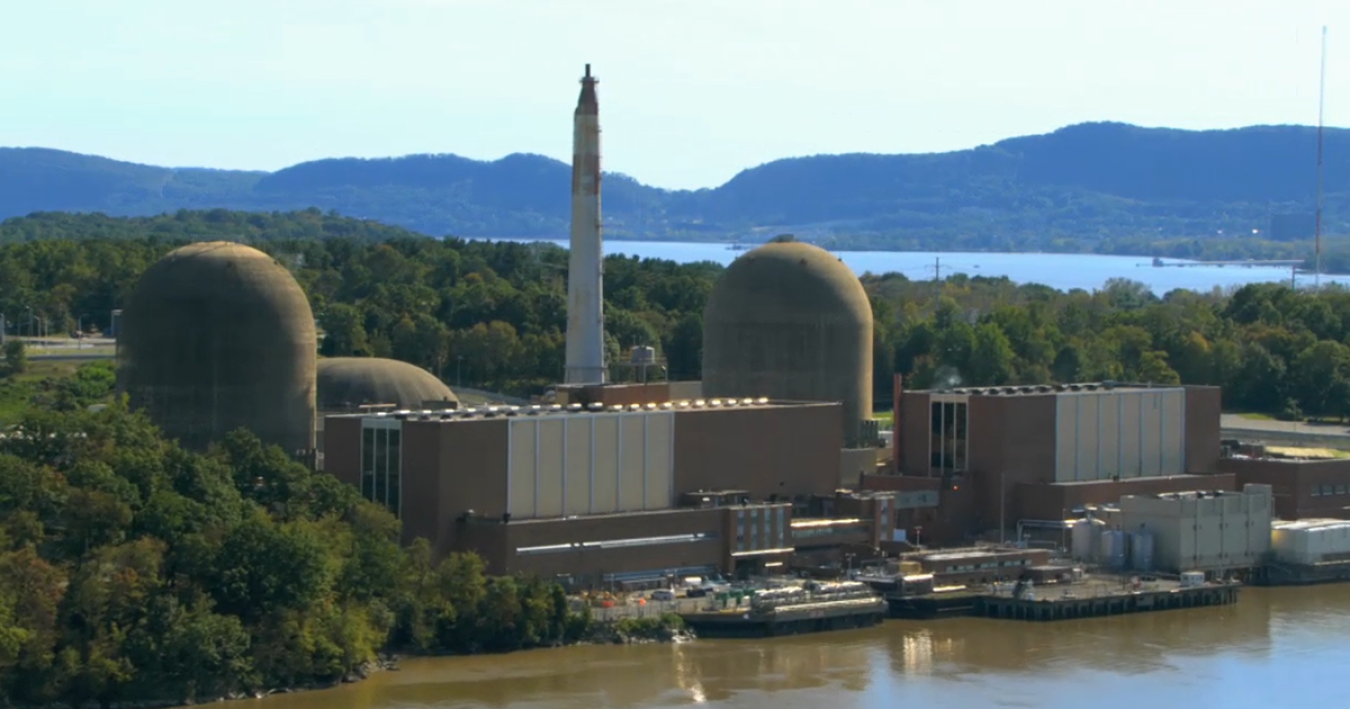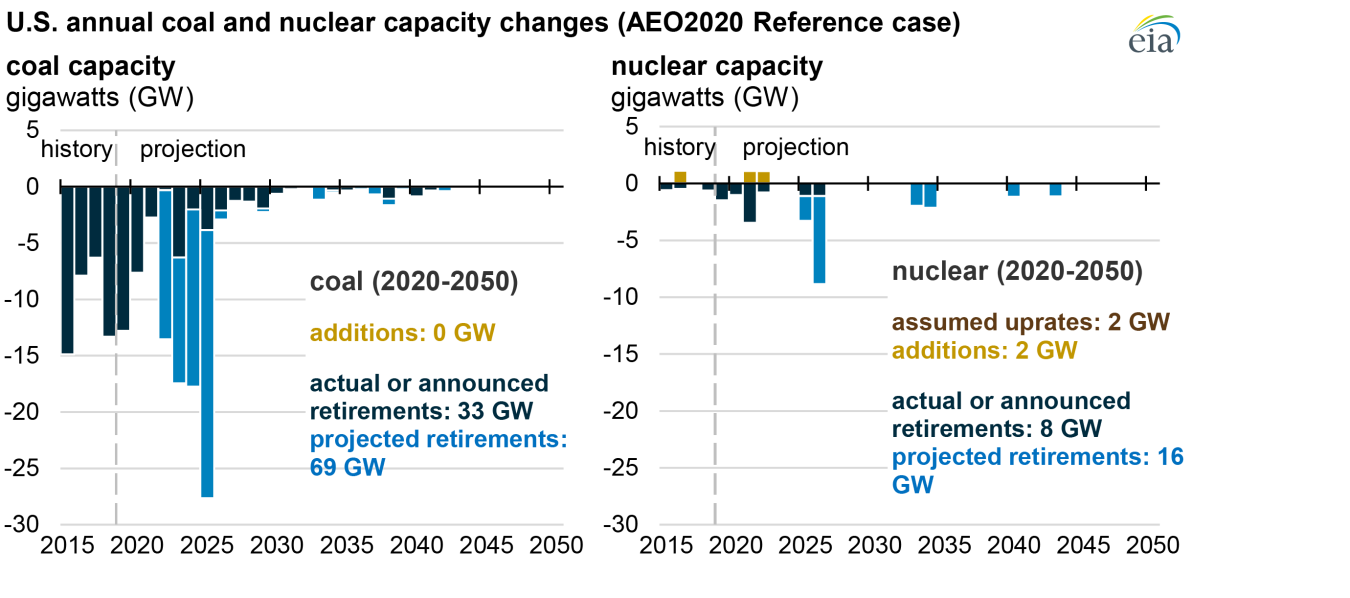Net-zero is a lofty goal, but it is achievable as long as we continue to leverage our existing clean energy assets while we work to deploy new one with the help of the Civil Nuclear Credit program established by the Bipartisan Infrastructure Law.
December 6, 2021President Biden recently signed the Bipartisan Infrastructure Law—a massive piece of legislation to modernize our nation’s infrastructure, create millions of good-paying jobs, and help us finally tackle the climate crisis.
The new deal includes more than $62 billion for the U.S. Department of Energy (DOE) to help transition the United States to a clean energy economy and invests heavily in our manufacturing workforce to demonstrate new technologies that will ultimately put us on a path to net-zero emissions by 2050.
Net-zero is a lofty goal, but it is achievable—as long as we continue to leverage our existing clean energy assets while we work to deploy new ones.
That’s why this historic legislation includes $6 billion to establish a new Civil Nuclear Credit program—a critical investment that can help keep our nation’s existing reactor fleet operating safely as long as technically possible. Decades of research have shown that a well-maintained reactor can operate 80 years or longer!

Investing in the Current Fleet
Nuclear energy has continually proven to be an incredible asset to our country. It has reliably generated 20% of our nation’s electricity since the early 90s and currently provides more than half of our clean power, which is more than all other sources of emissions-free power combined.
Through the Civil Nuclear Credit program, owners or operators of commercial U.S. reactors can competitively apply for and bid on credits to help support their continued operations and avoid premature retirement due to financial hardship, preserving thousands of good-paying clean energy jobs across the country.
Each credit will last for four years and is contingent on a variety of factors.
Applicants must prove the reactor will close for economic reasons and demonstrate that closure will lead to a rise in emissions. They must ensure the unit is certified safe to operate and provide a detailed plan to sustain operation once the credit expires.
We plan to issue our first credits by next fall and will award up to $6 billion in credits through September 2031, according to the current law.
DOE will soon seek feedback to help develop this process and determine how the money will be allocated. All 93 operating U.S. reactors are invited to apply for certification, and those determined to be eligible based on the criteria described in the BIL will be invited to submit sealed bids for credits.
The Cost of Not Preserving the U.S. Fleet
We simply can’t afford to lose our existing clean energy infrastructure, especially our U.S. reactors.
Nuclear operates around-the-clock to provide clean and reliable power to millions of Americans and supports nearly half a million U.S. jobs, which typically have salaries that are 50% higher than other electricity generation sources. These power plants also contribute millions in tax revenues that help support local infrastructure projects and school systems.
Unfortunately, 12 reactors and thousands of good-paying jobs have already been shuttered since 2013 due to economic factors ranging from historically low natural gas prices to local policies that fail to reward nuclear energy for its carbon avoidance.
These shutdowns ultimately led to a rise in emissions, poorer air quality in those regions, and a bigger hole collectively for us to dig out of as we work toward a 100 percent clean electric grid by 2035.

The U.S. Energy Information Administration projects we will lose 16 gigawatts of nuclear capacity by 2050. That’s roughly a quarter of the U.S. fleet and would negate all of the solar capacity installed in the U.S. this past year.
That loss would be roughly three times greater if you consider nuclear’s high capacity factor, which operates at full power more than 92% of the time.
A New Clean Energy Era
To reach our nation’s aggressive climate goals, investments from the Bipartisan Infrastructure Law will help to save the existing fleet.
We need every electron we can from our nuclear reactors, which at an average age of 40 years old are only middle-aged!
As our country shifts to a clean energy economy, these once at-risk reactors could soon be profitable again by using their heat and electricity to generate clean hydrogen, drive industrial processes, or even support a new fleet of electric vehicles.
Their most impactful years may still be ahead of them as policies continue to prioritize a net-zero economy, and that will ultimately result in new jobs, better health, and more opportunities for American workers.
Stay tuned!


